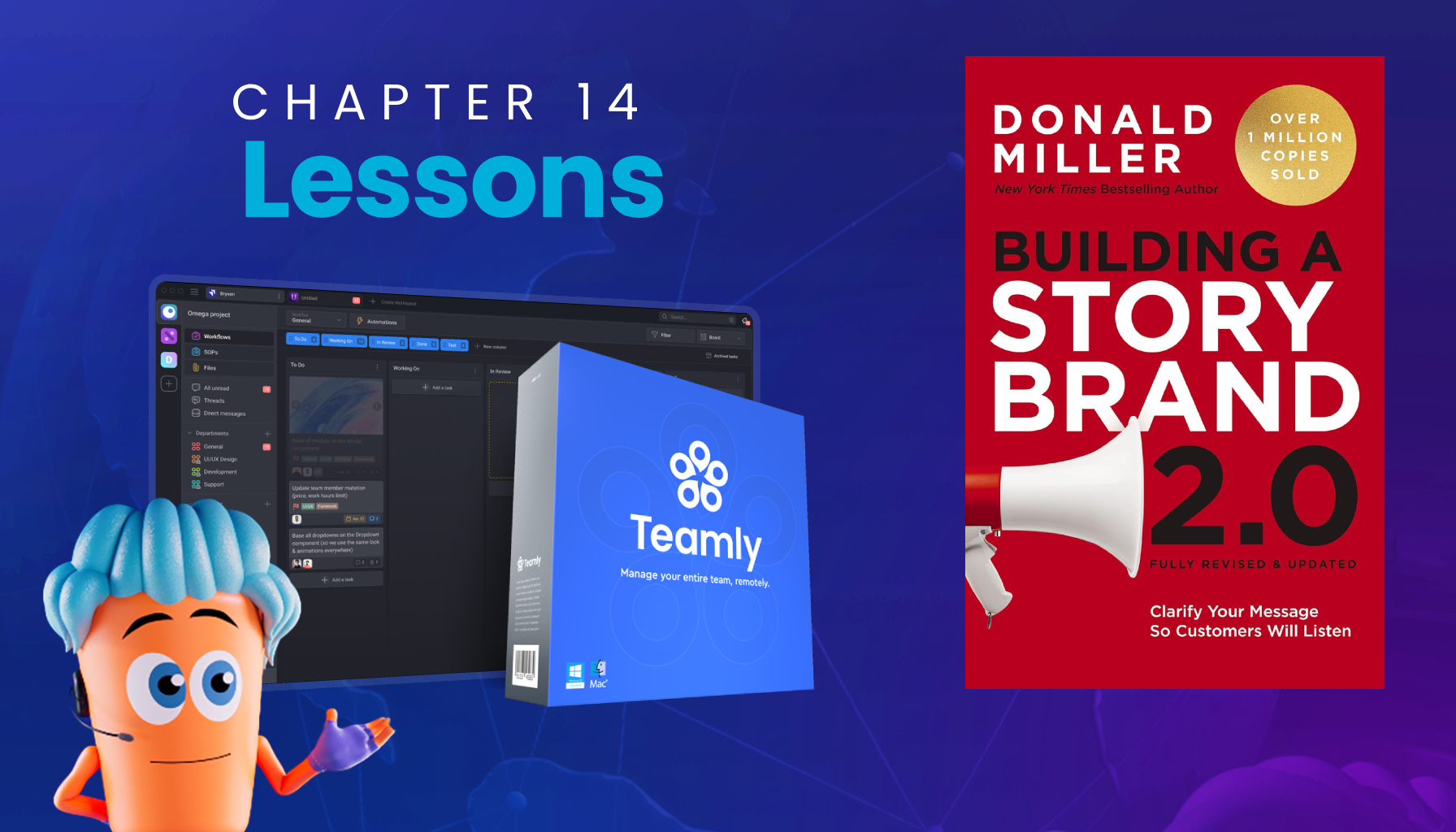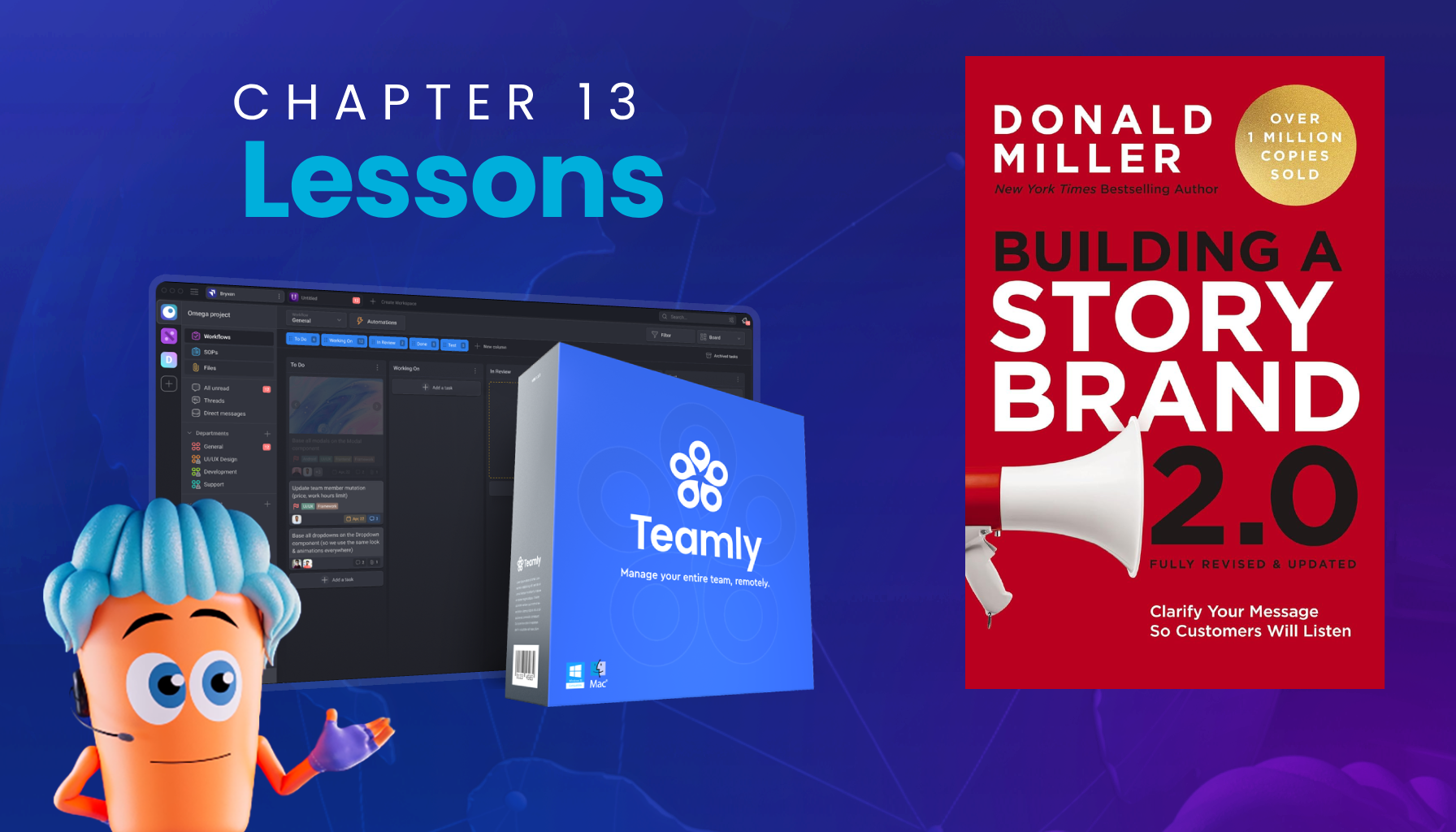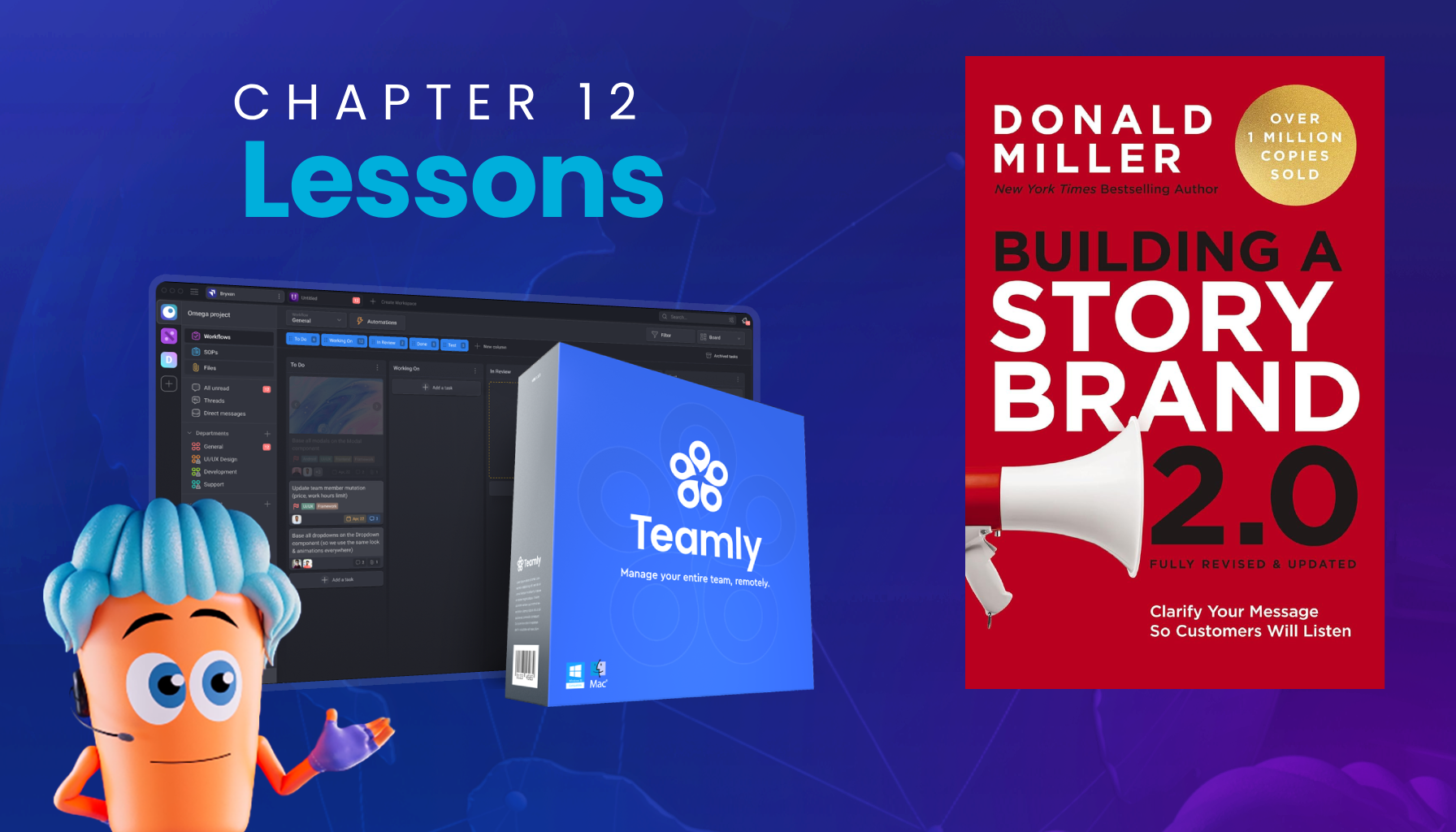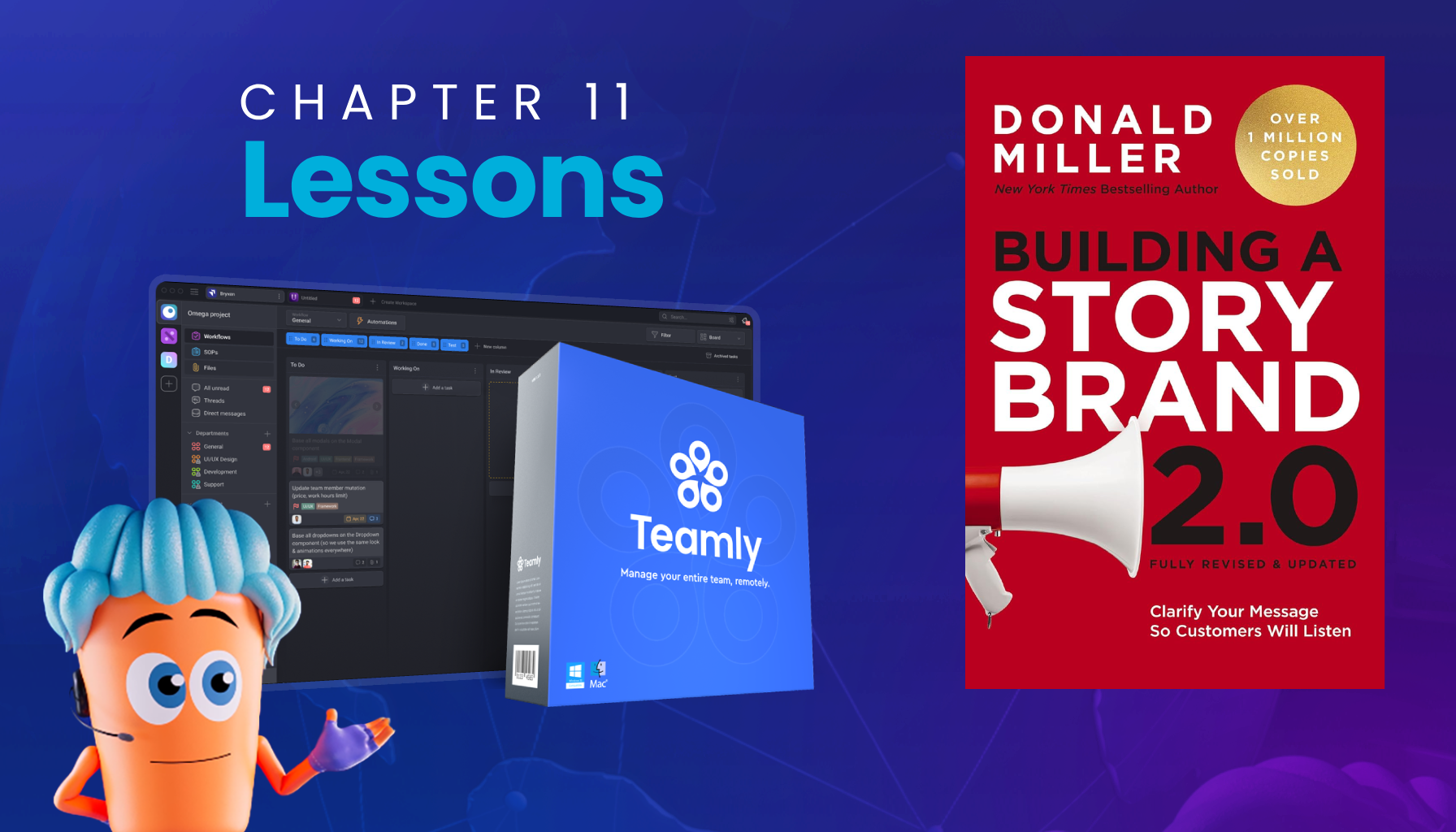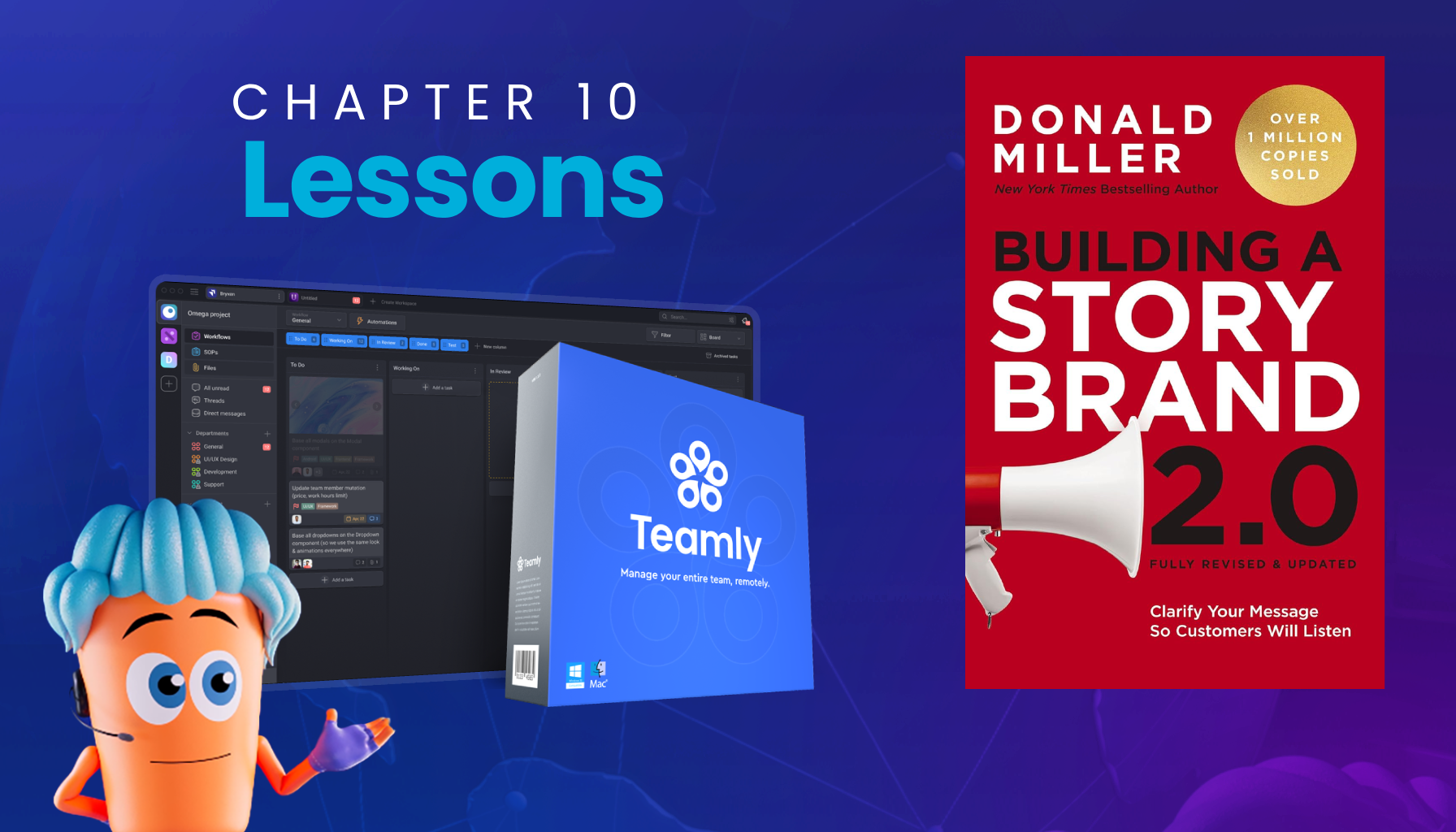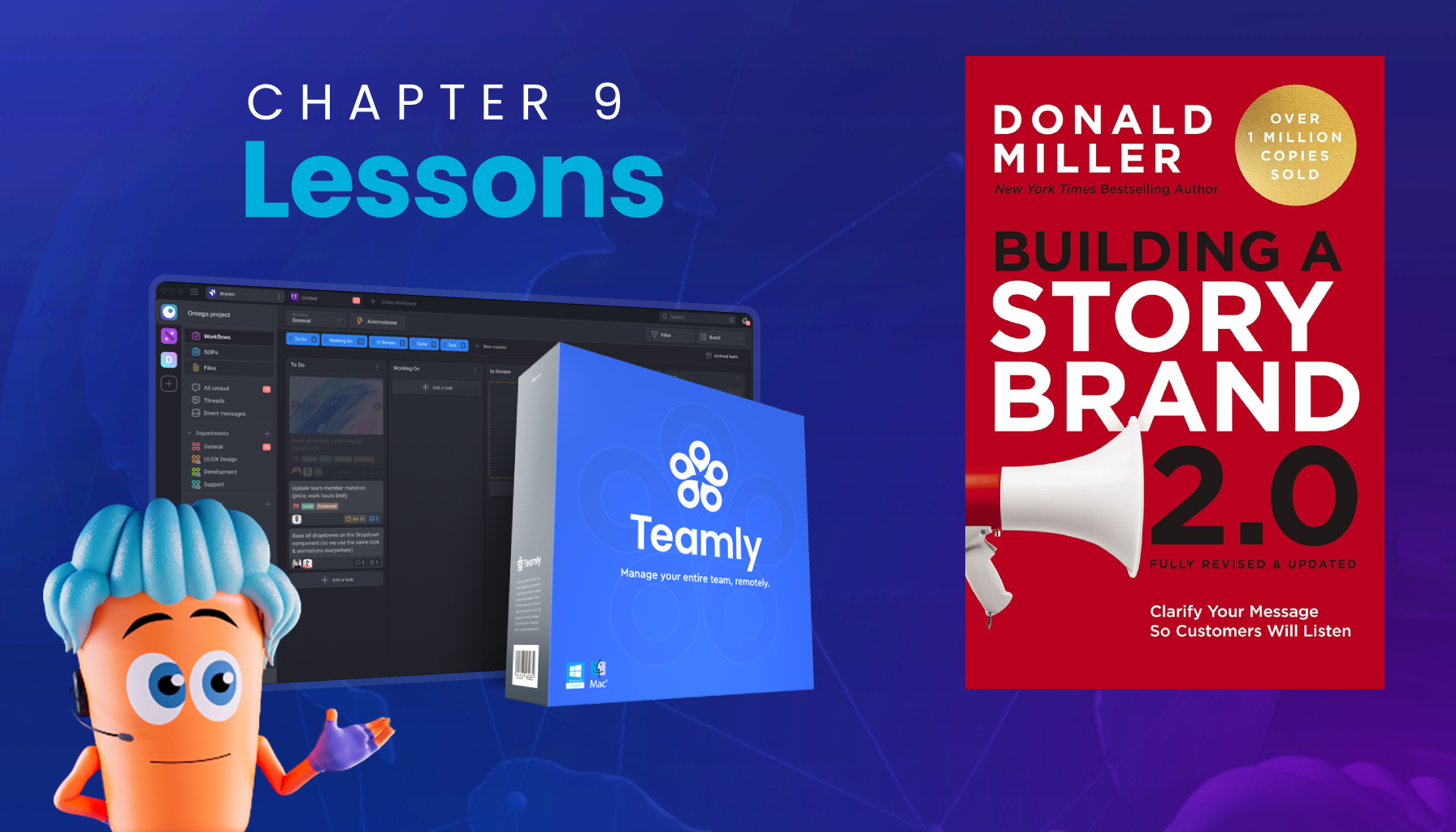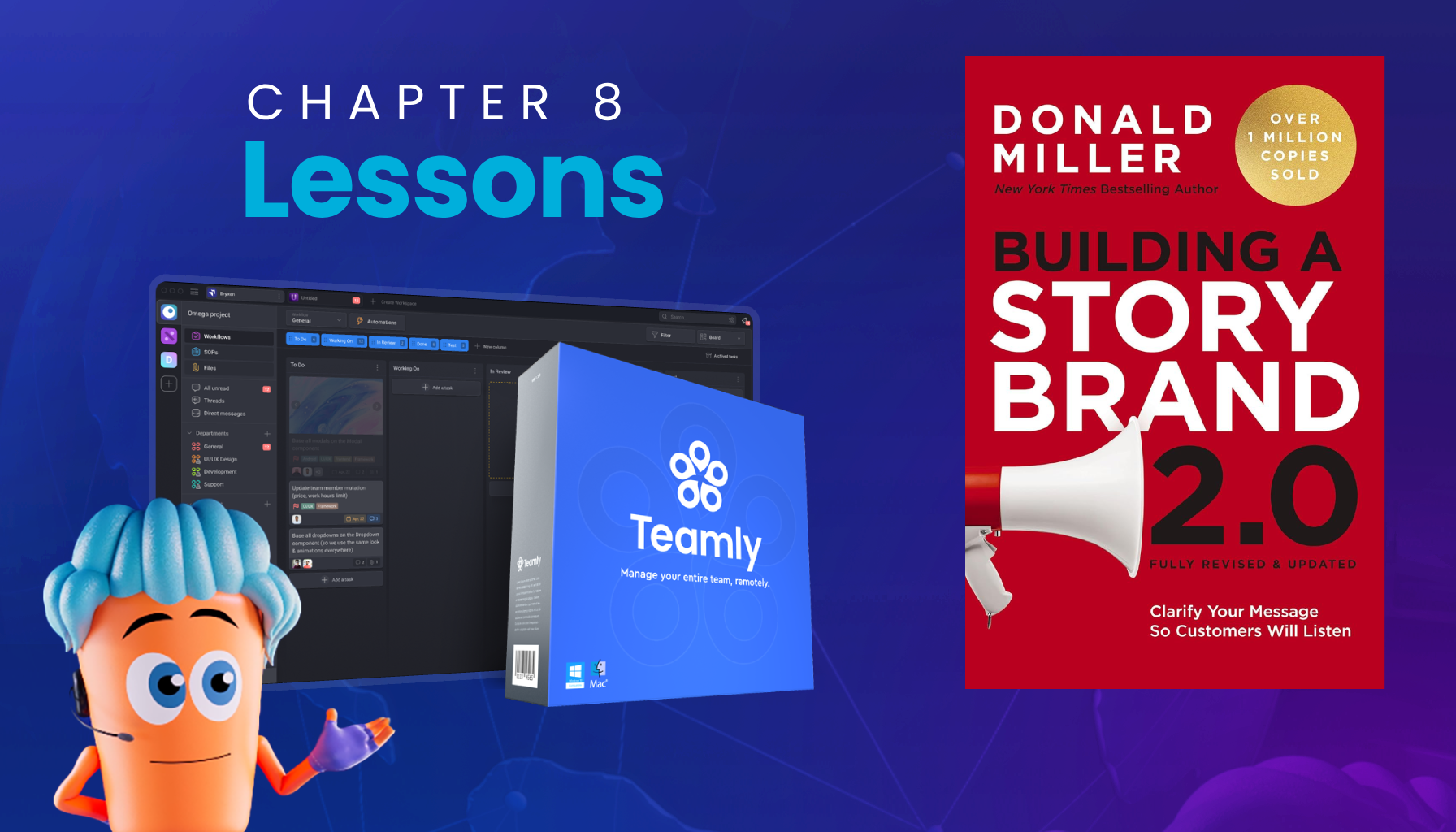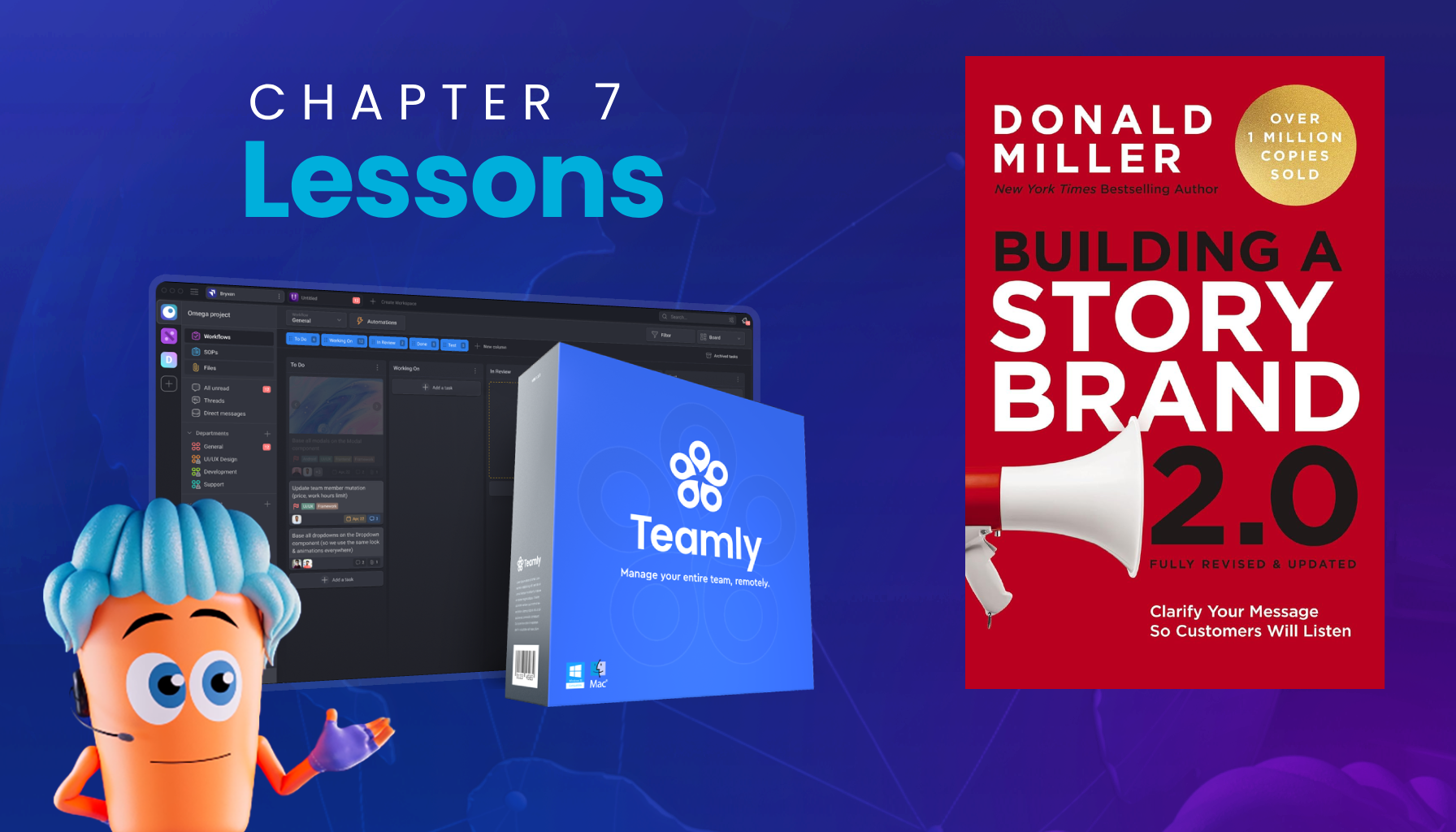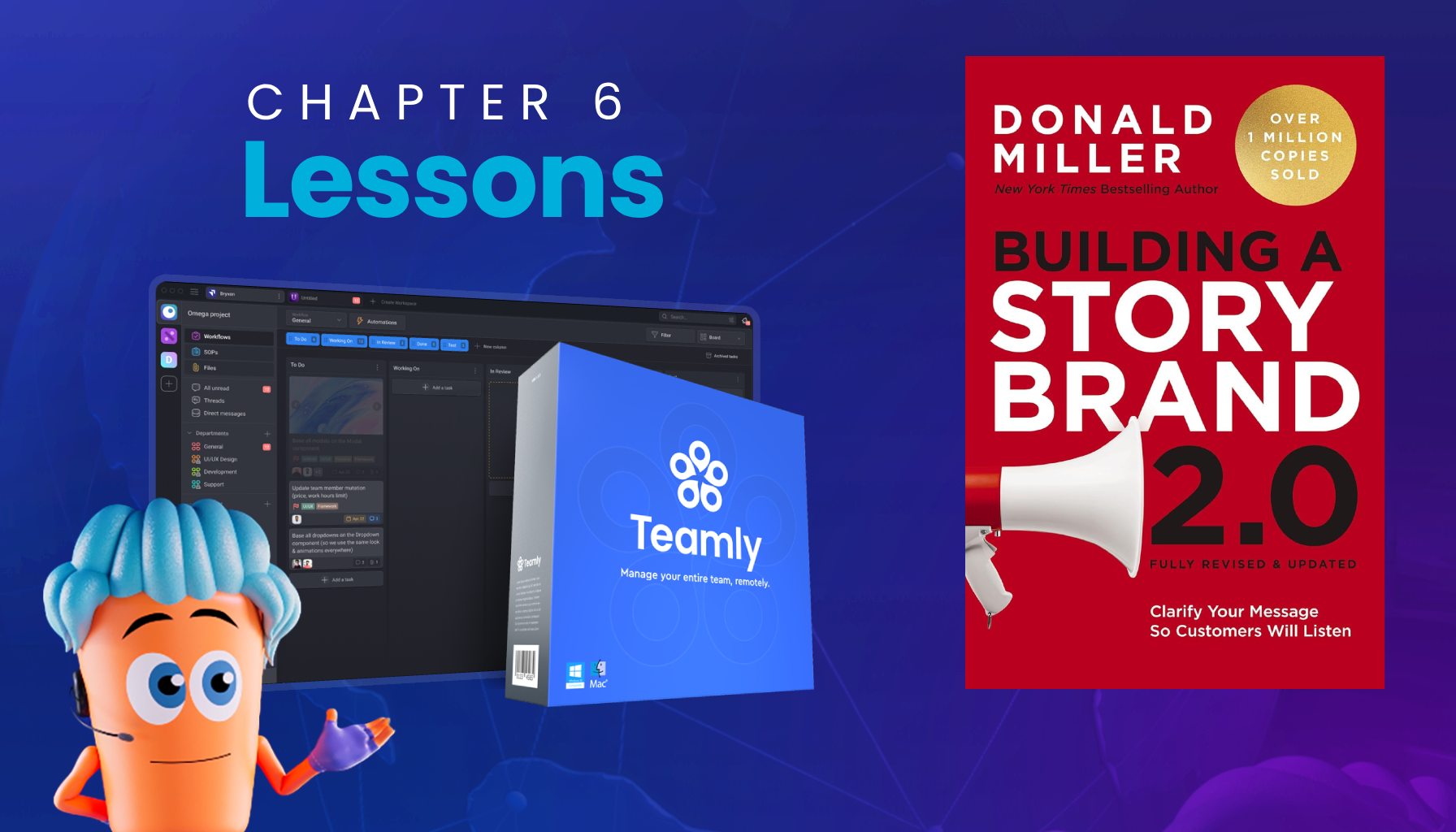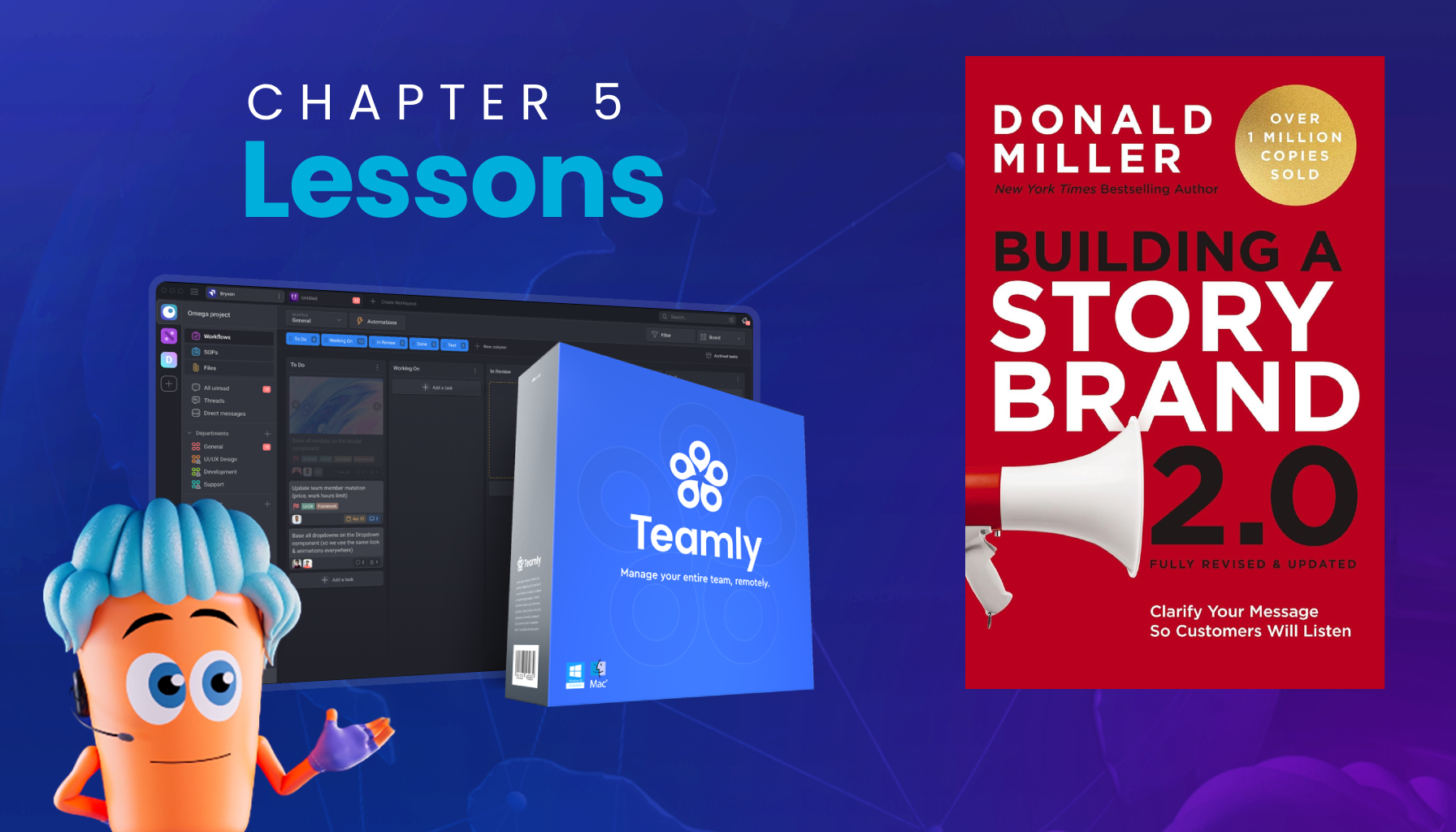In today’s cluttered digital environment, a clear and compelling website can be the difference between winning new customers or losing them to confusion.
Chapter 14 of Building a StoryBrand 2.0 by Donald Miller outlines practical ways to reduce noise, highlight benefits, and guide visitors to take action.
Below are seven core insights inspired by that chapter—organized to help refine any organization’s online presence and drive real results.

1. Wireframe First to Clarify the Core Message
Before diving into design or loading up a content management system, it’s helpful to create a wireframe of the site. Wireframing means mapping out key sections—like the header, main call to action, product listings, and contact form—so that the website has a strategic flow.
According to Building a StoryBrand 2.0, the act of wireframing prompts teams to identify their most important messaging points.
During this process, it becomes clear which elements fit above the fold, which sections belong further down, and how calls to action should appear. The end result is a site that feels intuitive, but it also ensures that the business has crystalized its messaging from the start.
- Identify Customer Pain Points: Make a list of the biggest problems customers face. Address these problems directly in headlines and subheadings.
- Highlight the Aspirational Identity: Visitors want to see how their lives could be better. Use compelling statements in the wireframe to show them what’s possible.
- Keep It Organized: Ensure you have a logical layout—logo in the top-left, CTA button in the top-right, and short bullet points or headlines explaining the main benefit of your offering.
2. Place a Compelling Offer Above the Fold
Chapter 14 highlights the importance of “above the fold” real estate. This newspaper-era term refers to the space a reader sees first—everything on a page before scrolling.
On a website, that means the immediate area of the homepage that loads at first glance.
A strong offer belongs in this critical zone. Whether that’s a discount, an invitation to join a free webinar, or a succinct promise like “Become a Pro in the Kitchen,” visitors should instantly see the primary benefit or transformation on arrival. When potential customers have to guess what a site does, they tend to bounce. In other words, clarity is king (or queen).
![]()
3. Use Obvious Calls to Action
One of the most actionable insights in Building a StoryBrand 2.0 is to make calls to action (CTAs) visible and unmissable.
Readers learn that a visitor’s eyes typically move in a “Z” pattern across a page—starting top-left, moving to top-right, then scanning diagonally down.
By placing a bright, high-contrast CTA button (such as “Buy Now,” “Schedule a Call,” or “Add to Cart”) in the top-right corner and again in the center of the screen, a site can catch visitors’ attention at the exact moment they decide to learn more or make a purchase.
The text on these buttons should be consistent everywhere, so people recognize them instantly.
Remember that not everyone is ready to buy immediately. Provide a secondary, more transitional CTA (for example, “Download a Free PDF” or “Get Our Newsletter”) for visitors who need more information before taking the plunge. That way, you keep them engaged and gently move them closer to a buying decision.
4. Use Images of Real Success
Images can do more than decorate a page; they can also convey the emotional rewards that your product or service delivers.
In the book, Donald Miller underscores that people are drawn to pictures of happy, satisfied customers experiencing the results they desire.
Photos that depict a building exterior or team headshots might be useful further down the page, but for the above-the-fold area, it pays to showcase the best part of the brand experience.
For instance, a fitness brand might show vibrant, active individuals enjoying a group workout. A cooking school could highlight participants celebrating a newly completed dish. This visual “success story” instantly communicates what a visitor might gain by engaging with the brand. Pairing these images with short, punchy captions helps set the tone of positivity and possibility.

5. Offer a Menu of Products Under One Umbrella
A confusing range of services can overwhelm potential customers. The book compares it to a restaurant that offers no menu: prospective diners have no clue what’s available.
By creating a simple menu of your offerings—packaged neatly with straightforward names—visitors see how you solve their problems without extra guesswork.
Even if a business covers multiple markets (B2B and B2C, for example), it helps to tie everything under one larger problem or theme. Perhaps the unifying concept is “strategic planning,” “streamlined workflows,” or “elevated well-being.”
Each product or service can then branch off from that main concept, maintaining cohesion across the entire site.
If a brand sells HVAC repair, the “menu” could be: “One-Year Maintenance,” “Emergency Service,” and “Annual Check-up.”
A consulting firm with multiple streams might unify everything under “Customized Plans for Life and Business.” This structure highlights the top-level benefit, then breaks down the specific ways customers can buy or learn more.
6. Keep Text Scannable (Very Few Words)
Few visitors read entire paragraphs on a homepage.
Most merely scan headlines, bullet points, and bolded text. Chapter 14 encourages “caveman simple” or “Morse code” copy: short, punchy statements that let busy people pick up on the essentials quickly.
The author suggests aiming for fewer than ten sentences on a homepage. If more detail is needed, consider using collapsible sections or “read more” links so the core message remains front and center. That way, the primary screen remains free of clutter.
- Bullet Points Over Paragraphs: Instead of long blocks of text, use bulleted lists that allow readers to quickly process key benefits.
- Brevity Sells: The fewer words used, the more likely they are to be read in full. Simple statements outperform jargon every time.
- Engaging Headlines: Think of each headline as a mini ad, capturing attention and pulling visitors deeper into the site.

7. Stay on Script: Consistency Across All Touchpoints
Another recurring theme in Building a StoryBrand 2.0 is the importance of a BrandScript, which acts like a blueprint for all marketing communication.
Every piece of text, every image, and every call to action should align with the same story points: the customer’s problem, the solution you offer, and the transformation they experience.
If part of the website strays into territory that doesn’t reinforce the main story, it creates “noise” that can confuse visitors.
By staying on script, brands develop a recognizable voice that customers start to memorize. Repetition—when done strategically—reinforces clarity and prompts more sales, not because customers are pressured or tricked, but because they understand exactly what’s on offer.
Using Tools to Expedite the Process
Miller points to AI tools, including StoryBrand.AI, that can generate wireframes, taglines, email sequences, and more.
The entire purpose is to streamline the road from drafting ideas to building a conversion-driven site. These tools ensure that every section of the site speaks directly to customers’ needs and positions the company as the trusted guide.
Another software tool that supports efficient teamwork while developing a stronger brand message is Teamly.
With Teamly, teams can collaborate on tasks, centralize communication, and keep the entire website-building project on track. Organizing brand assets, updating wireframes, and reviewing final copy becomes faster and more transparent.
Ultimately, whether a company uses an AI solution, a collaboration platform, or a simple whiteboard, the outcome must be the same: a website aligned with a concise, customer-first narrative.
Avoid Overwriting and Encourage Engagement
One of the final reminders in Chapter 14 is to break everything down into short, repeatable sound bites.
The text emphasizes how truly minimal homepage copy can be, and it challenges readers to halve their current web copy.
This might sound extreme, but data shows visitors have short attention spans and a lot of competition for that attention.
Try rewriting large paragraphs as tight bullet points. Replace generic stock photos with images showing customers enjoying the end result.
Test different CTA button texts—like “Schedule a Call” or “Get Your Free Guide”—to see which ones prompt more clicks. Each tweak, guided by a BrandScript, moves the website a step closer to being a powerful sales tool.
Get the Book
For anyone ready to revamp a site with this StoryBrand approach, Building a StoryBrand 2.0 is a gold mine of strategies.
The updates in this second edition expand on new marketing challenges and offer fresh insights into AI tools and streamlined communication. These ideas can help any brand cut through the noise and clearly deliver the message potential customers crave.
Grab a copy here: Building a StoryBrand 2.0 on Amazon
